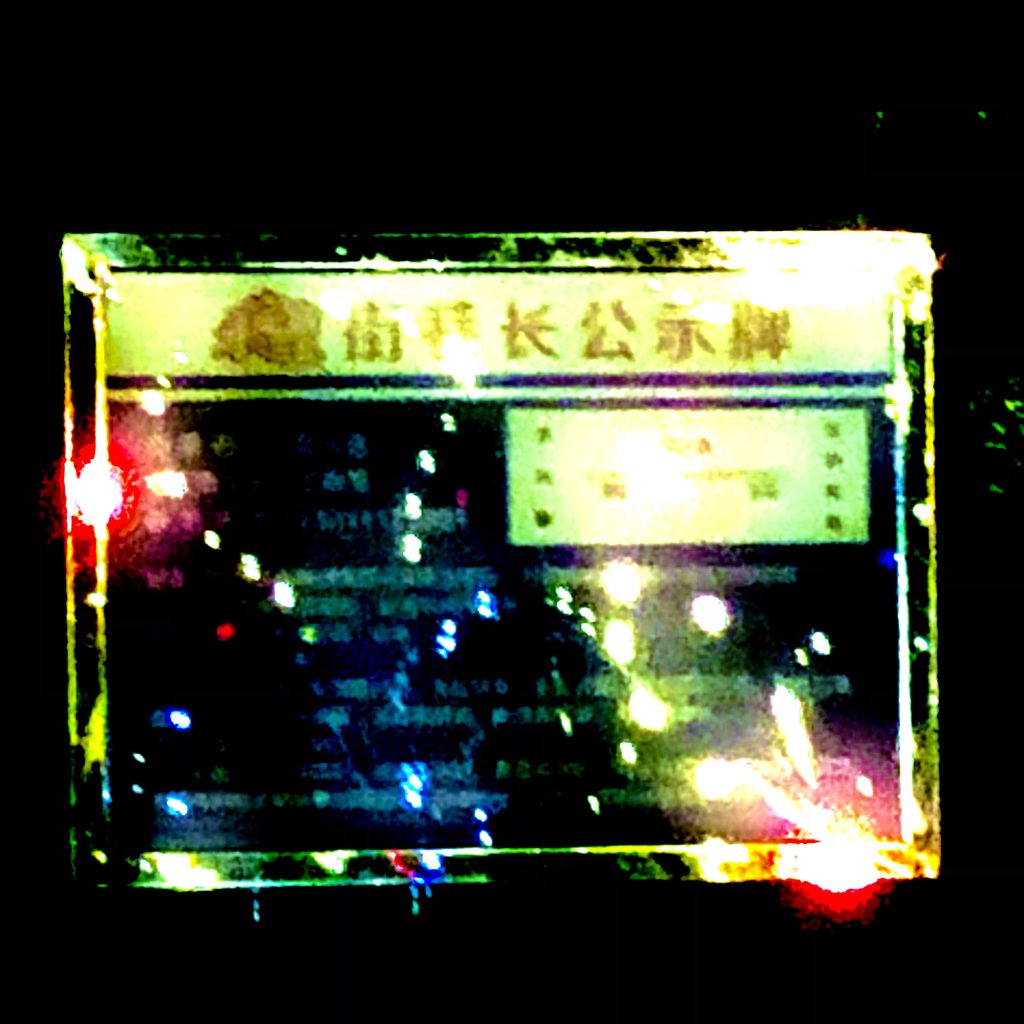Through the materials in the class, I think of a poetic expression in ancient China. It’s called ‘吟诵(YinSong)’ (English called chanting). It’s a traditional reading method that uses the human voice to turn ancient poems into music. The methods of reading in ancient China include singing, humming, groaning, sarcasm, reciting, etc. Collectively referred to as ‘reading’, which is called ‘chanting’ today.
Chanting is divided into basic chant(基础吟咏) and Duqu chant(曲度吟咏). Basic chants refer to accurate pronunciation of characters, correct reading method, not upside-down characters, high and low pitches, and correct basic framework of the melody. , in series with each other between level tones of different heights. Duqu chanting refers to pondering the details of poems and prose on the basis of basic chanting, deeply understanding the thoughts and emotions of poems and prose, and accurately adjusting the reading of each word, so that the chanting of this poem is only suitable for this poem. It becomes a personalized chant, which not only contains the characteristics of the poem itself, but also contains the personalization of one’s own understanding.
If Duqu chant(曲度吟咏) is accompanied by the accompaniment and used for performances, it can be called “Yue Yin”(乐吟). Those without a soundtrack are called “Qing Yin”(清吟).
Here is some materials:
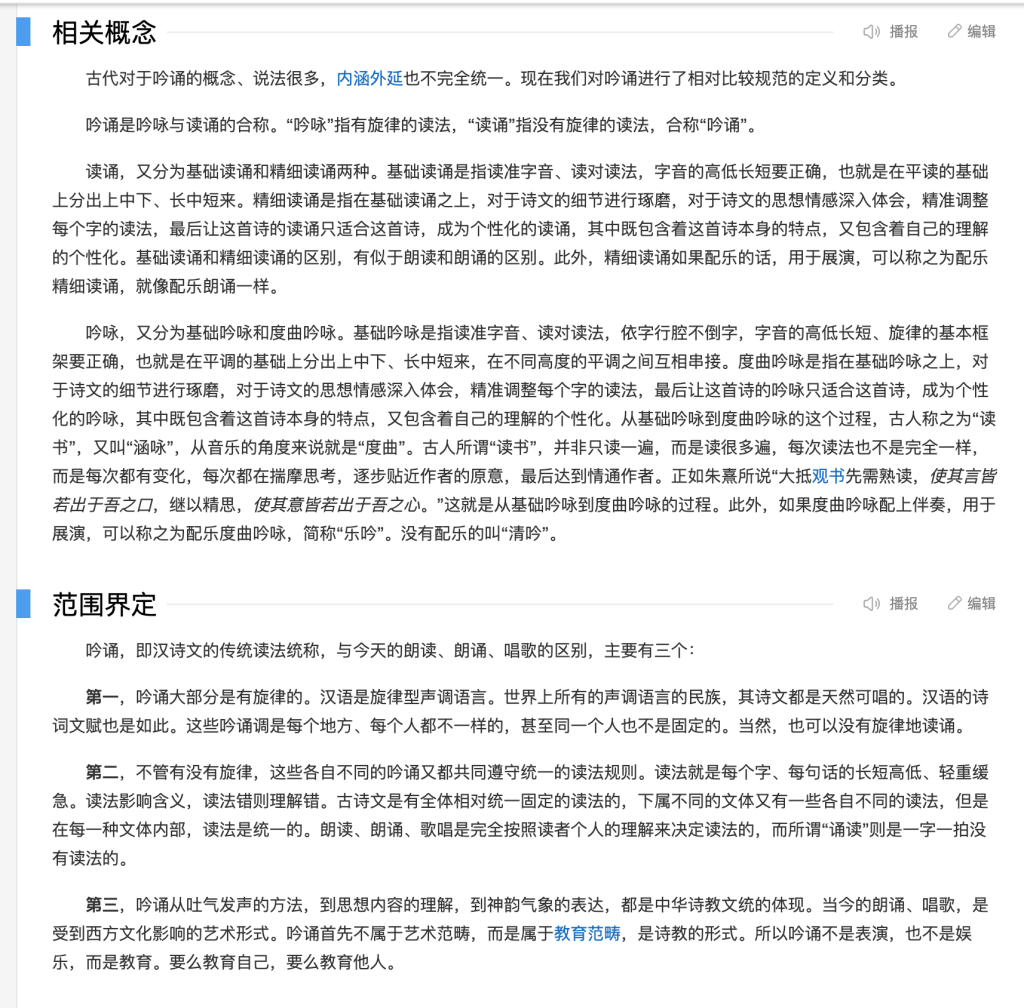

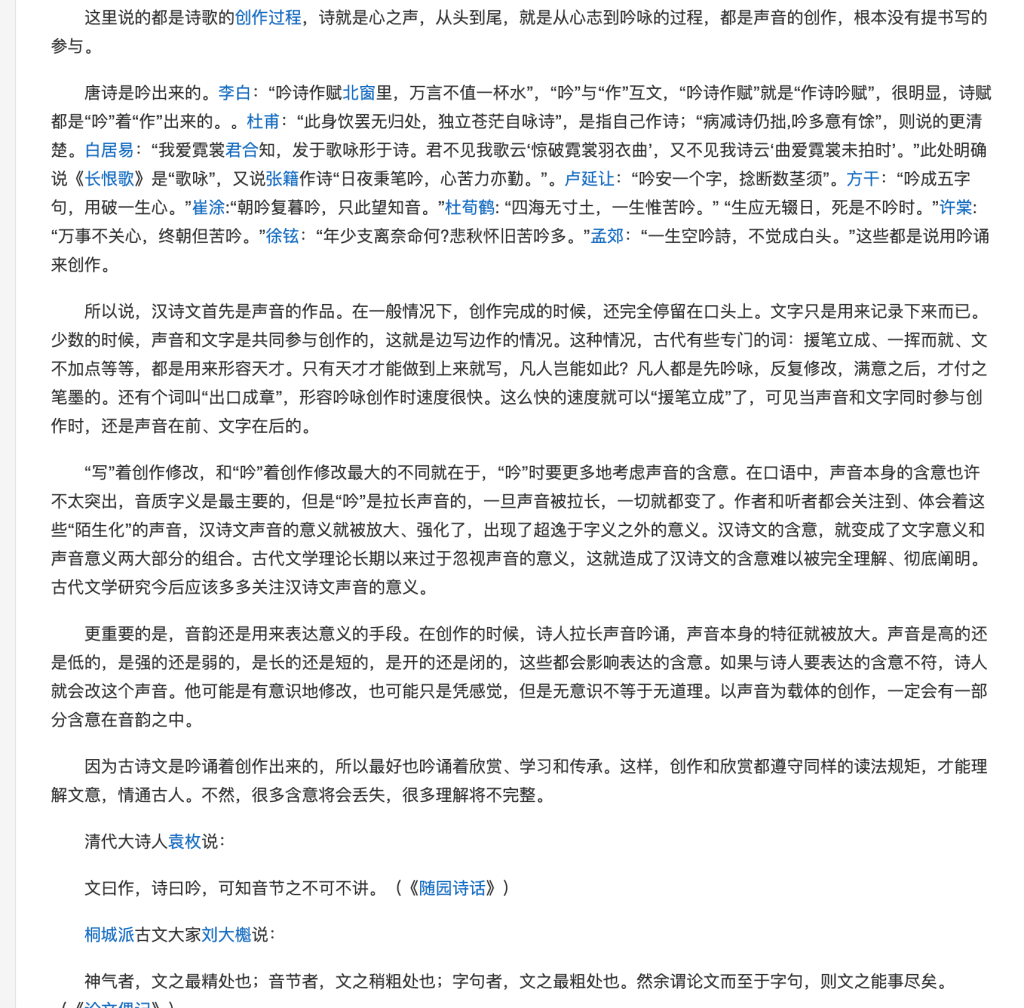
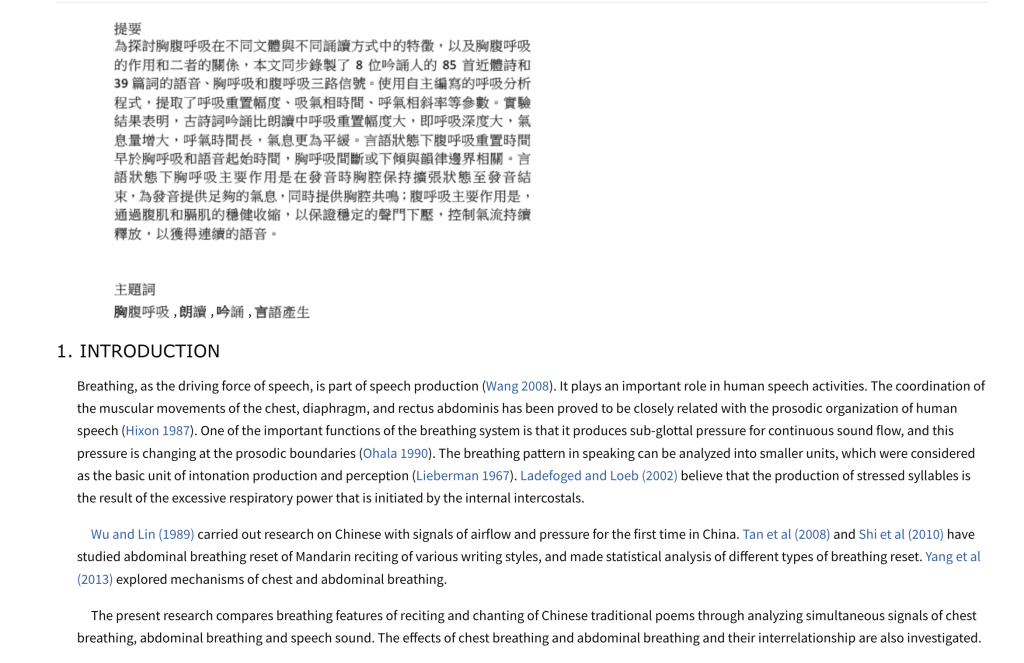

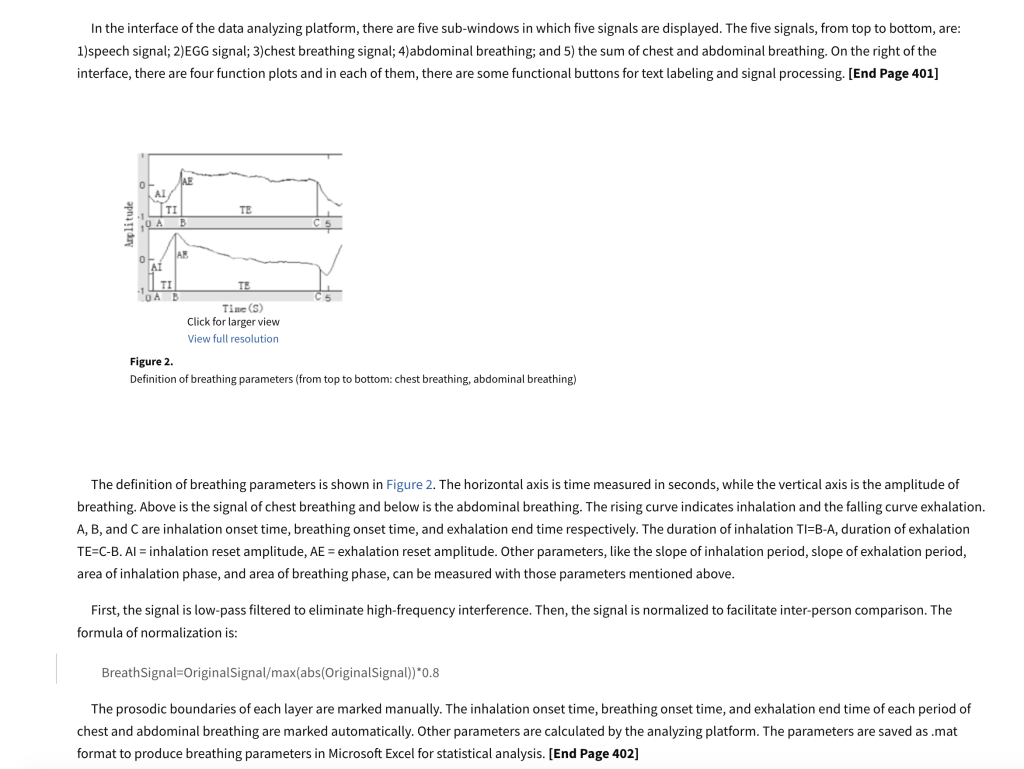
concrete poetry
I found a similarity between collage poetry and concrete poetry.
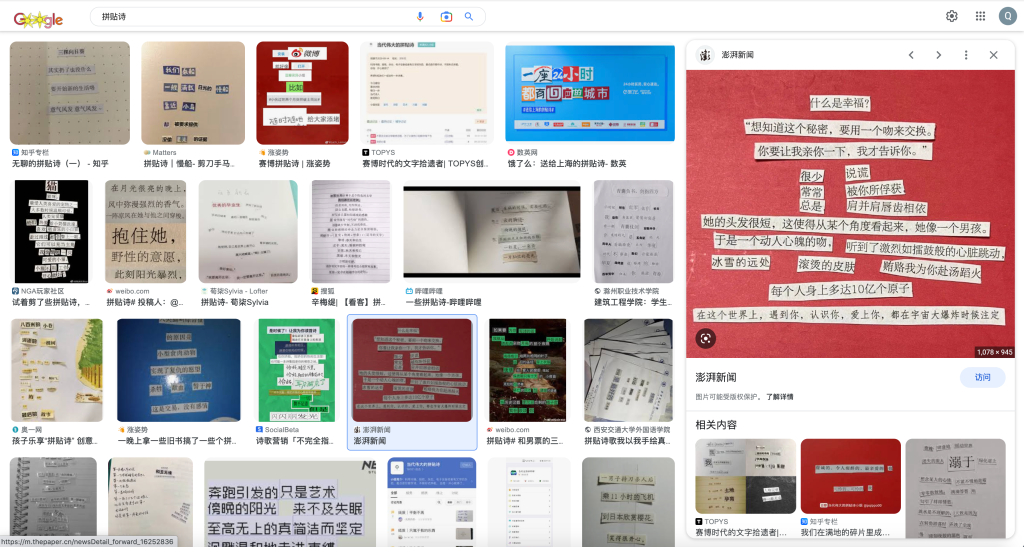

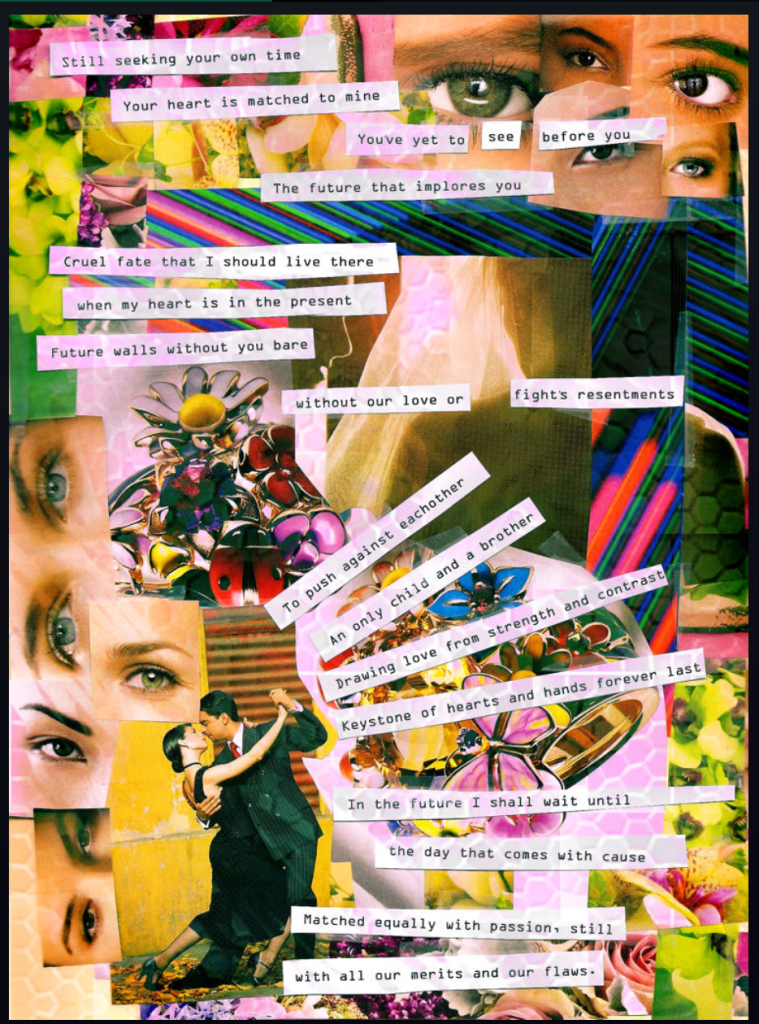
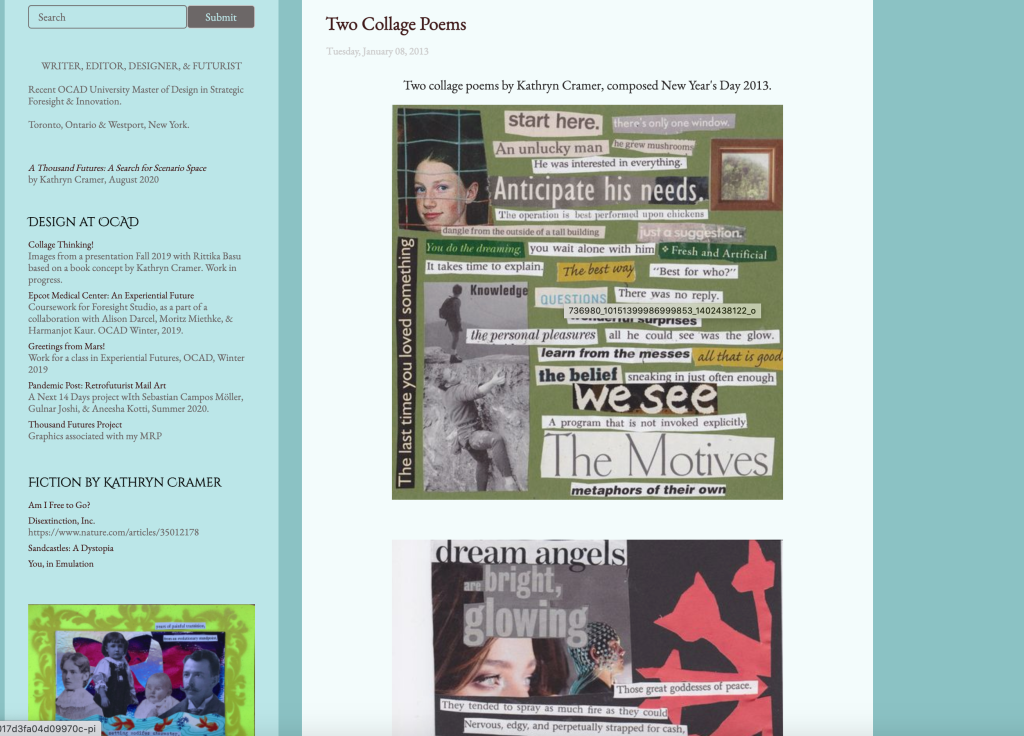
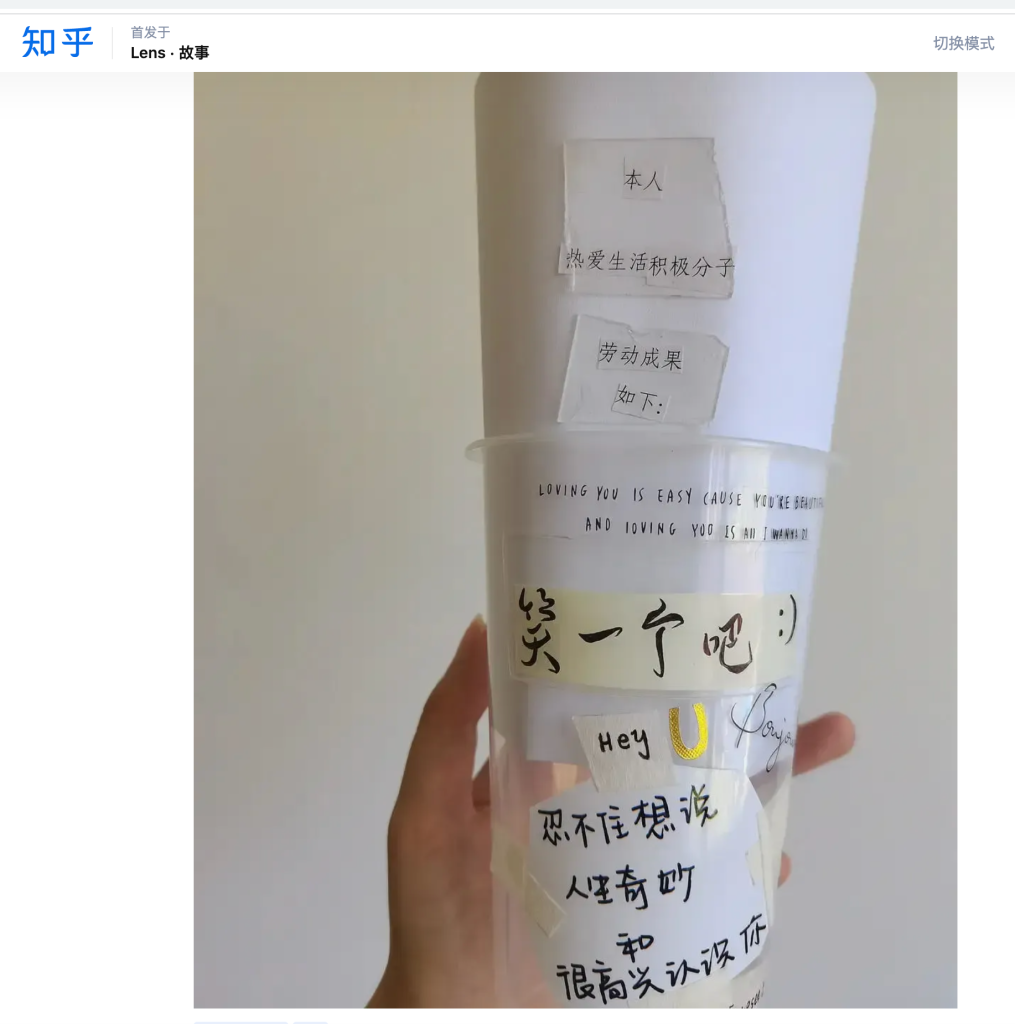
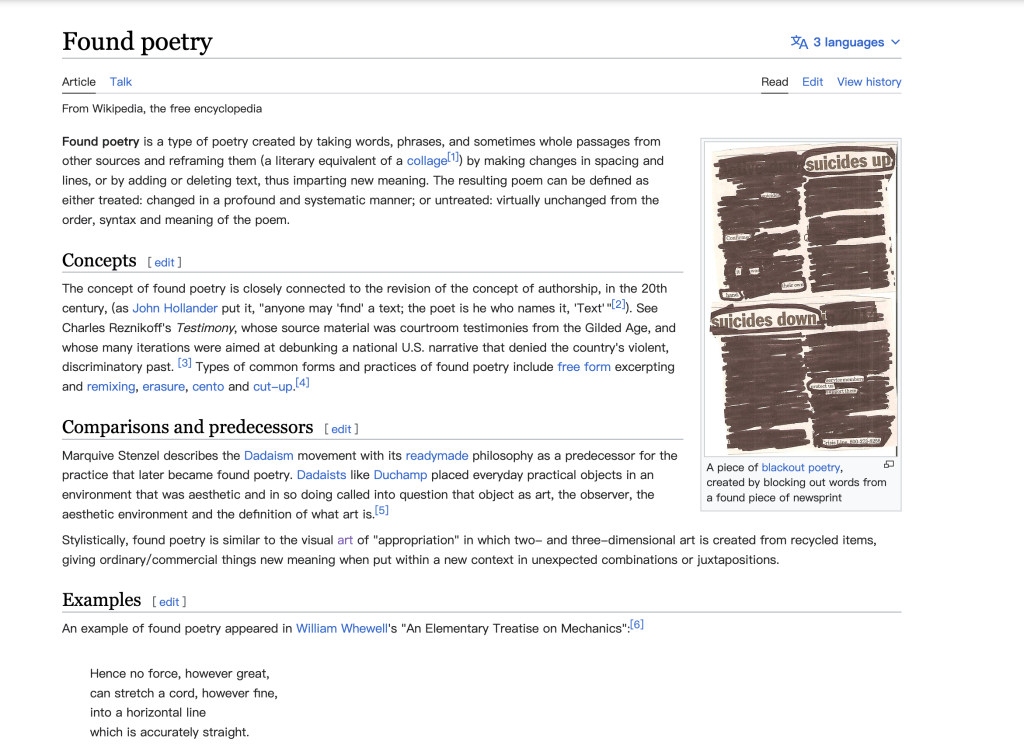
What’s different between Found poetry and Concrete poetry?
I think found poetry is a way of creating concrete poetry. Figurative writing is a broader and richer form of artistic expression, it is full of imagination.
